Last updated on April 4, 2024
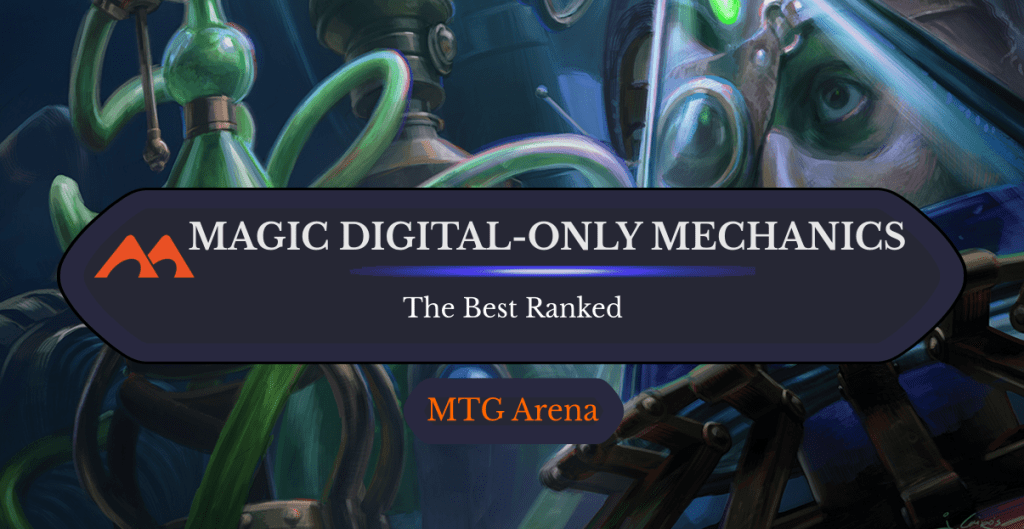
Discover the Formula | Illustration by Joshua Cairos
Magic has been recreated in multiple video game formats over the years, from PC to console to mobile. Those video games have given designers the freedom to make exclusive cards. They could also overcome some paper limitations, like tracking changing card stats or applying random numbers, so tons of digital-only cards were created.
What are the main mechanics created for digital-only cards? Are these any good, and how do they compare? Will this lead you to compare Magic Online with Magic Arena? Let's find out!
What Is a Digital-Only Mechanic in Magic?
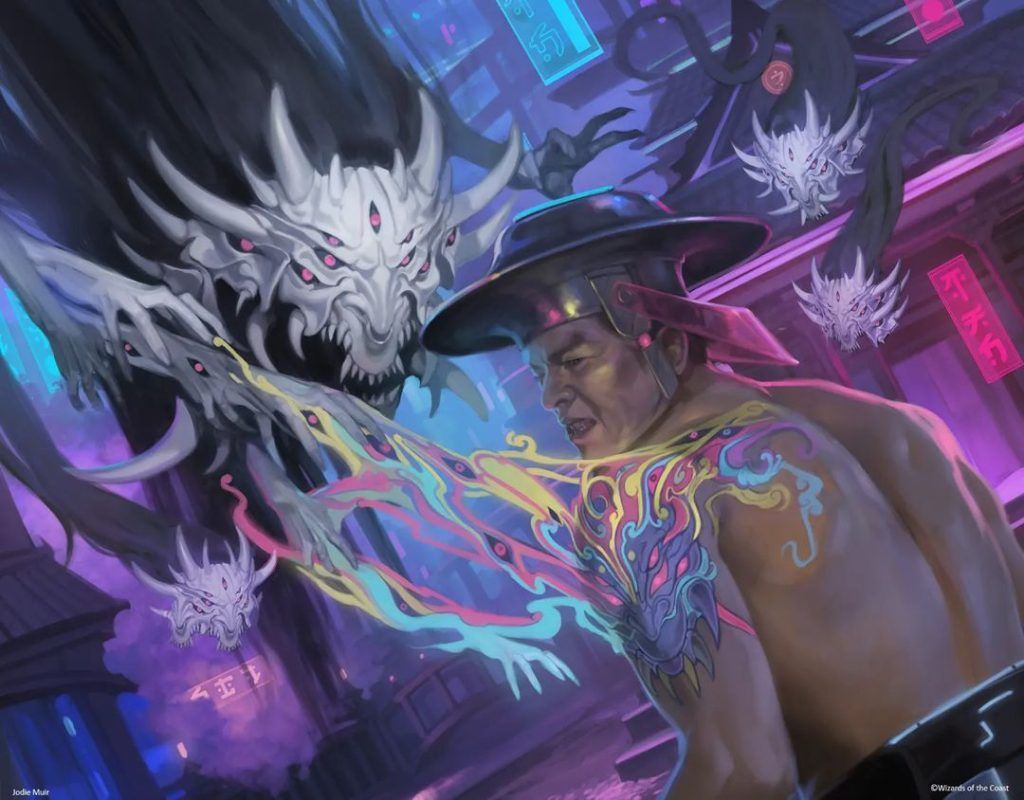
Painful Bond | Illustration by Jodie Muir
Digital-only mechanics are mechanics that exist on cards made specifically for digital versions of Magic and aren't available on any paper cards. The most recent are the mechanics present in Alchemy sets on MTG Arena.
MTG has had various video game representations, like the 1995 MicroProse game (often remembered as Shanadalar), the 2001 Dreamcast game, and more. Those games contributed to some extent, but the greatest contributor is MTG Arena.
#14. Dreamcast: 2001 MTG Video Game-Exclusive Cards
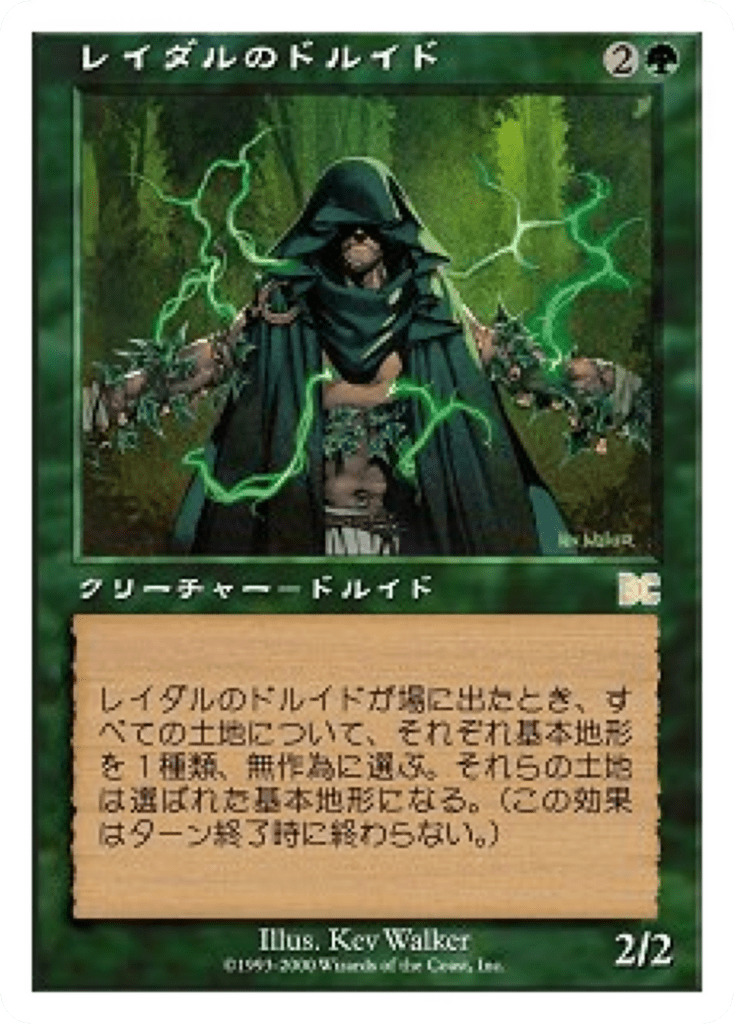
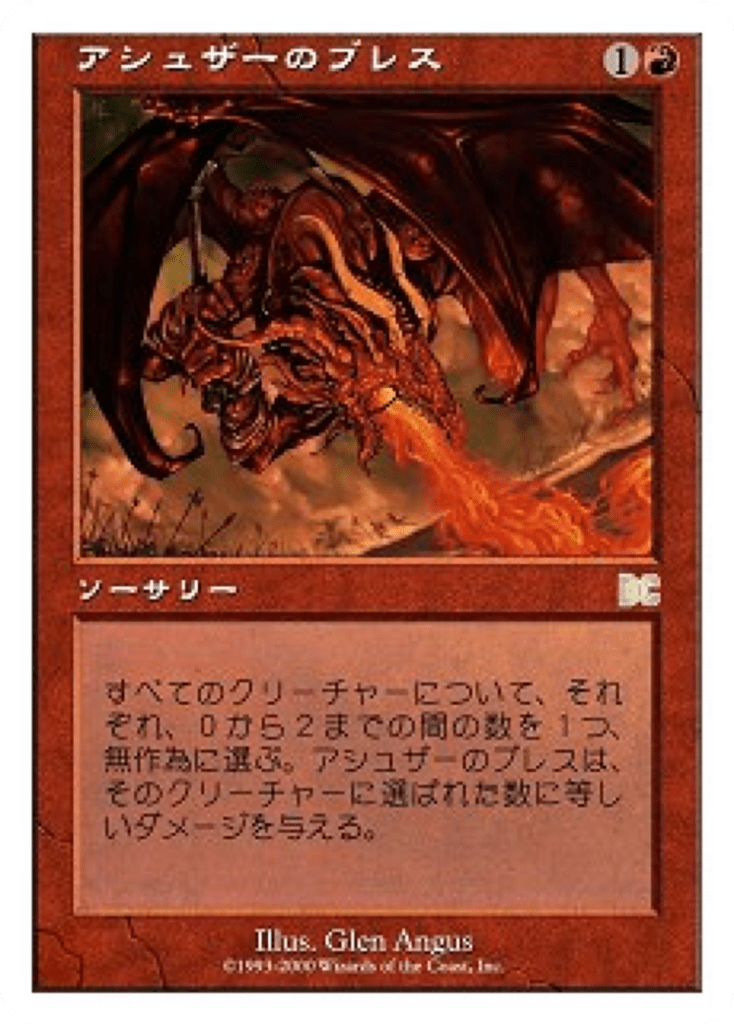
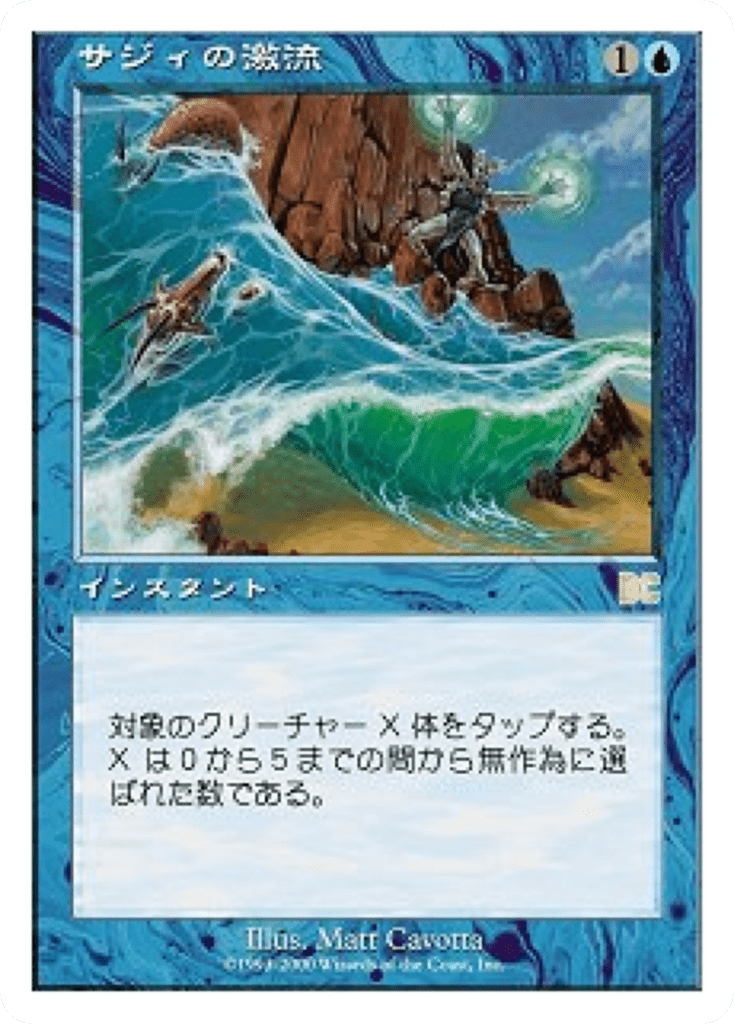
These cards were created specifically for the MTG Dreamcast game released in 2001. There are 10 cards total, and they're only available in Japanese.
This mechanic revolves around generating random numbers to get certain benefits, which is interesting in a video game because you can easily generate random numbers and track those effects. Paper MTG has already adopted rolling dice for effects like generating certain values at random, but they’re usually in Un-sets.
The critique with these astral cards is that the randomness is just novelty. That it’s a gimmick. Players won't be excited to throw dice to determine if a 2/2 has Islandwalk or Plainswalk, or if a creature enters to deal zero or two damage. Magic has evolved past that.
#13. MicroProse: 1997 MTG Video Game-Exclusive Astral Cards
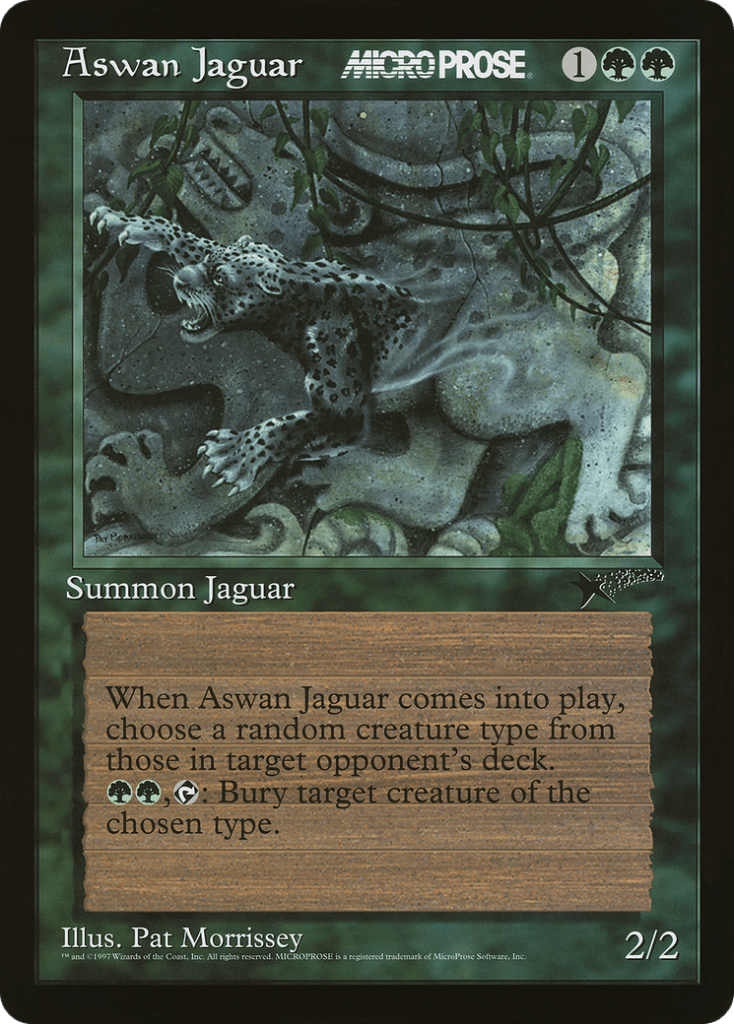
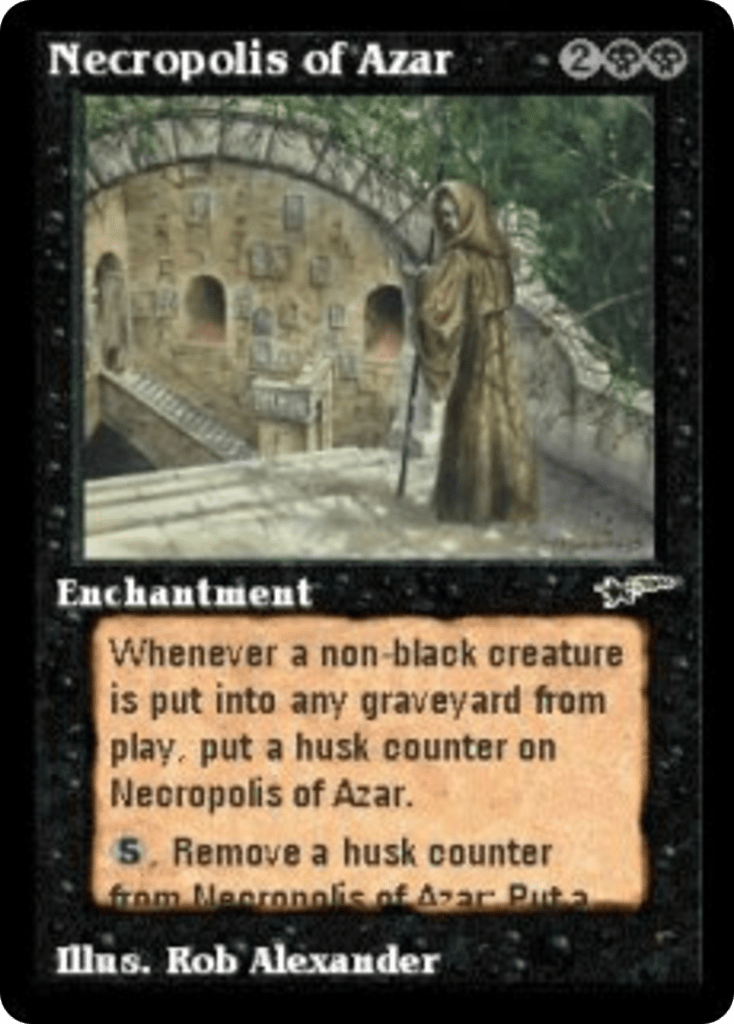
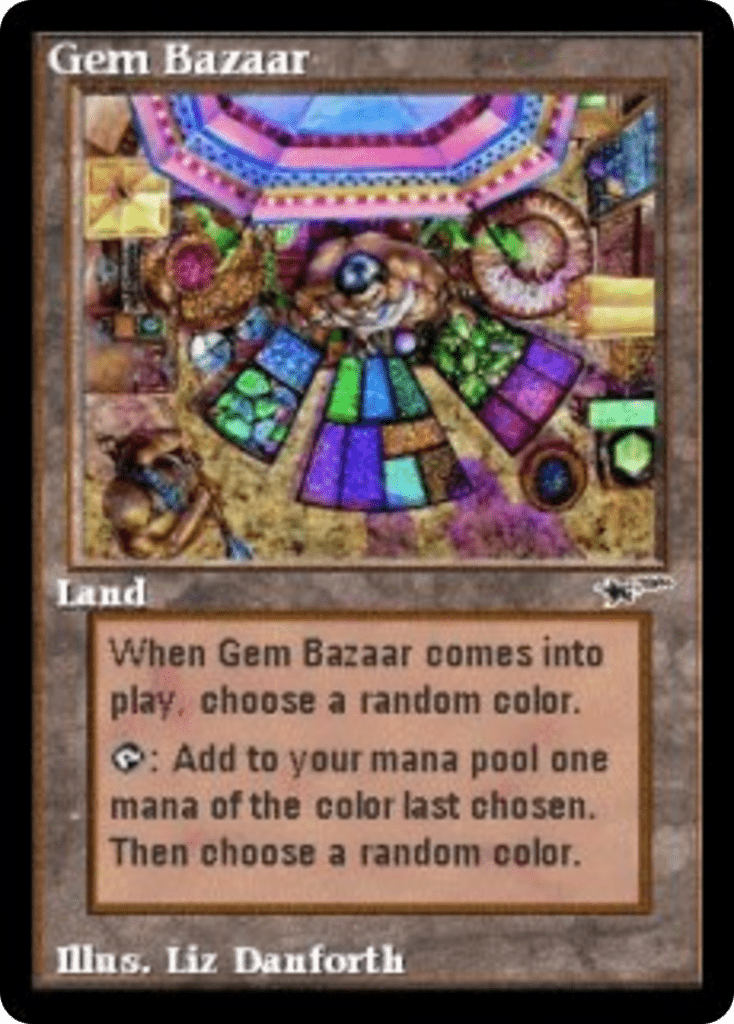
There are 12 English-only cards created exclusively for the 1997 MicroProse MTG video game, and these cards also deal with randomness in a more interesting way than the 2001 Dreamcast ones. Necropolis of Azar makes creatures that can have power and toughness generated randomly between one and three. It’s somewhat similar to Outlaws' Merriment, which can generate three kinds of tokens at random every turn.
Generating random numbers isn’t special or anything, and it’s been done in paper MTG a couple times with dice and other methods. I could see a printing of cards like these in Alchemy sets in the future.
#12. Specialize: MTG Arena
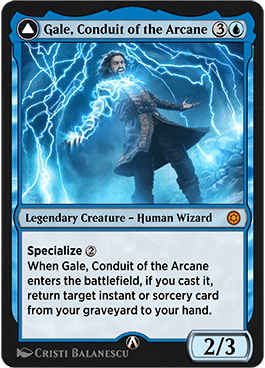

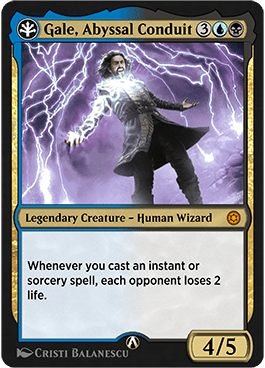
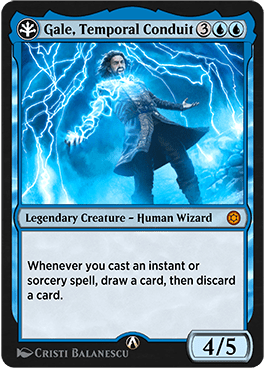
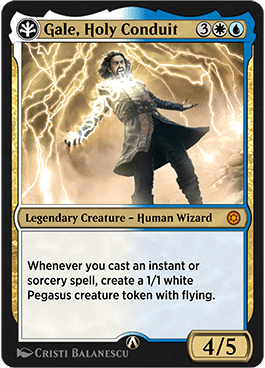
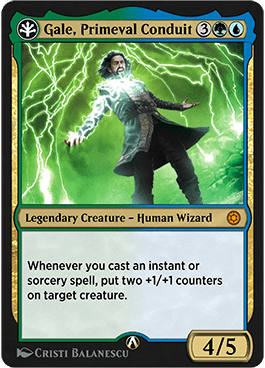
Specialize is a mechanic inspired by how characters in RPGs like D&D can follow multiple paths in character creation. There are 19 cards with specialize, and none of them are common. With specialize you can pay mana and discard a card to change your card to one of five different specializations, according to the color of the card or land that you discarded.
Players that hate the mechanic consider specialize as “very random and impossible to anticipate what’s coming next, because people won’t have the effort to memorize all the outcomes.” Players also criticize the client for handling all the different versions in a confusing way.
The mechanic adds a lot of complexity, but not in a fun way. It could be better in one or two designs with fewer outcomes. It’s impossible to put onto paper.
#11. Rebalanced Cards: MTG Arena
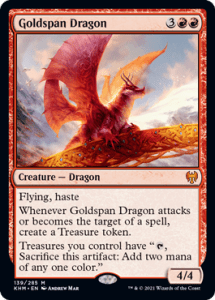
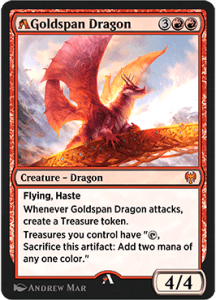
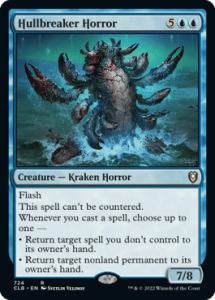
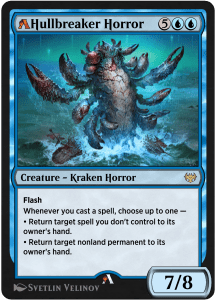
There’s a subset of digital cards exclusive to MTG Arena that are tweaked versions of existing cards. The purpose is to have a normal Standard version and an Alchemy version. To prevent Standard from becoming stale with the same top tier decks and fix imbalanced cards without having to ban them, these cards have been rebalanced for the Alchemy and Historic formats.
Not all cards are weaker after rebalancing. Some cards got stronger, either with a power/toughness buff or a new ability. It’s impossible to have this in paper (though some cards have been errata’d), and rebalancing is a little hit-or-miss. Some players, especially competitive players, don't like having to remember the differences between the Standard and rebalanced Alchemy versions of these cards.
#10. Boon: MTG Arena

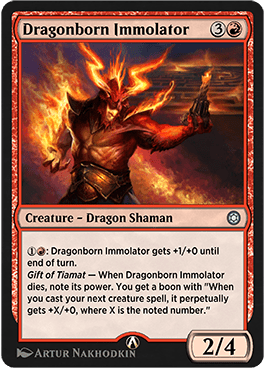
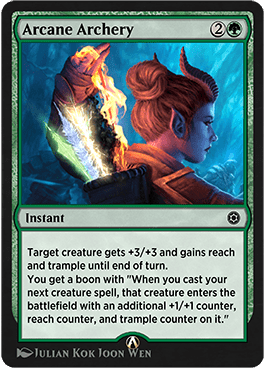
Boon is a digital-only mechanic that gives the next spell you cast a “boon” when the mechanic's requirement is met. The benefits are then give to that spell. Another digital-only mechanic, perpetually, is usually used alongside it.
It’s a narrow mechanic that doesn't need to be coded. It’s more of a reminder that the next spell will have extra effects attached to it. Sometimes cards in paper have an ability like, “the next creature you cast this turn enters the battlefield with a +1/+1 counter,” which is comparable.
I can’t see an exact analogue coming to paper Magic because there’s too much tracking involved, especially between rounds.
#9. Incorporate: MTG Arena

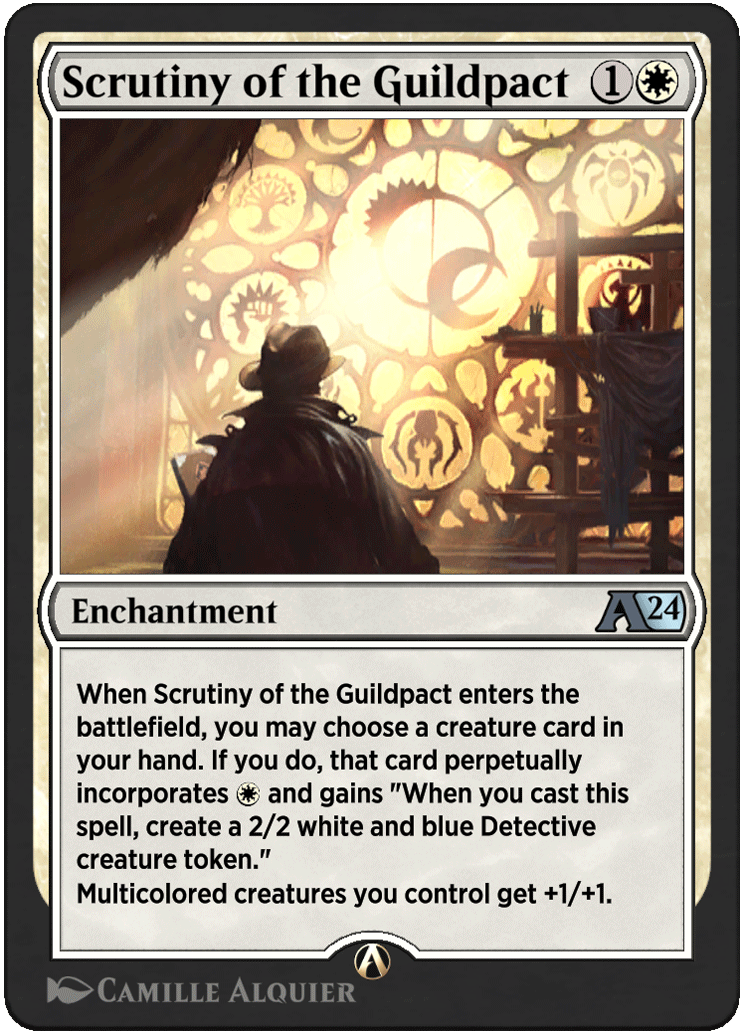
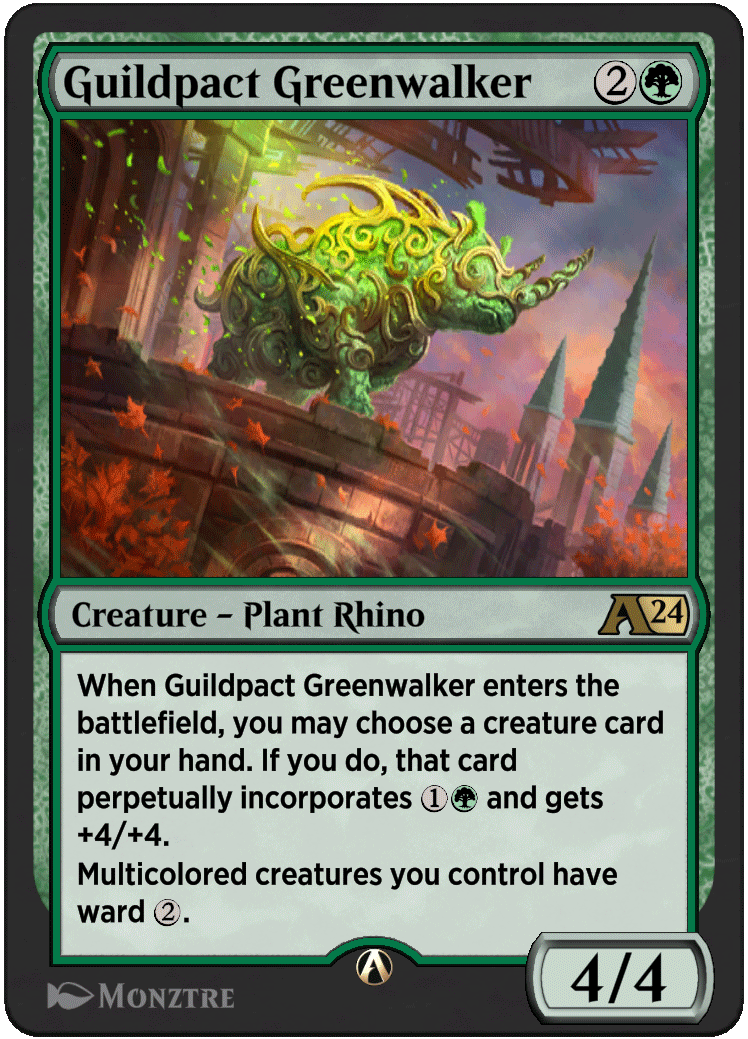
The more complex a mechanic, the harder you find it is for me to work around using it. Incorporate as of Alchemy: Murders at Karlov Manor is really an extension of perpetual, though a more brain-mushing one. You add cost, stats, and traits to other cards, and while the game takes care of the representation, building and playing around it are aspects that become more complex. Do you really want a split card that's on another card?
#8. Draft: MTG Arena
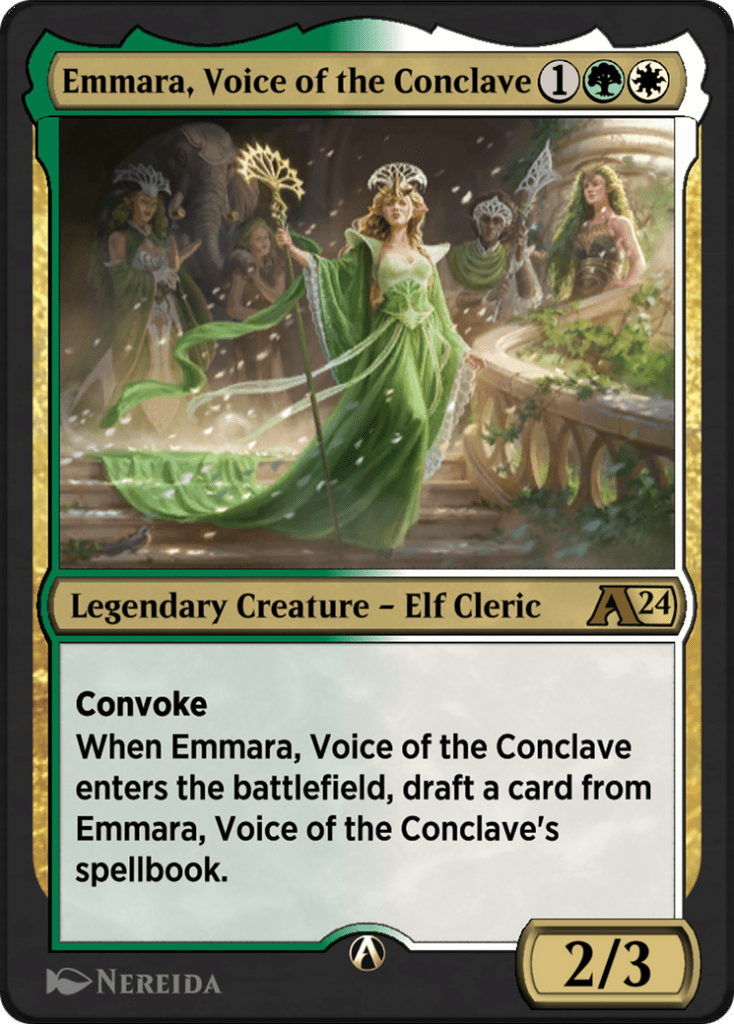


Draft—specifically the keyword action on MTG Arena, not the format—was introduced way back in Alchemy: Innistrad. It's always found with the spellbook ability, and it allows the player to generate a card into their hand from a selection of three cards that weren't originally present in that player's deck. The cards aren't anything special, they behave like normal cards, but their origin is entirely from the draft mechanic.
#7. Intensity: MTG Arena



Intensity is a mechanic that debuted in three cards from Alchemy: Kamigawa Neon Dynasty. It usually says, “starting Intensity: X.” The intensity is like a level that applies to a spell or effect, and sometimes it increases depending on how many times the spell was cast (that’s why it has a “starting intensity”).
Like boon, this digital-only mechanic is coded but without much novelty. This mechanic probably won’t make it to paper because there’s too much tracking involved. But in digital MTG the client does everything for us.
The most similar effects in paper are cards like Kindle that need you to track the amount of Kindle cards in your graveyard, and cards like Yidaro, Wandering Monster that ask you to track how many times it was cycled.
#6. Momir Vig: MTGO
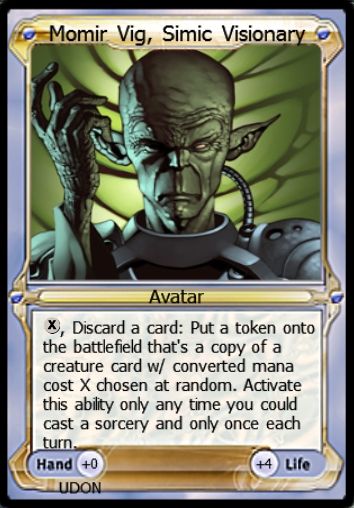
Momir Vig is a special mode created in MTGO that's also sometimes available on MTG Arena. It was inspired by an ability of a Vanguard card called Momir Vig, which allows you to discard a card, pay X amount of mana, and put a random creature in play with mana value X.
Some players try to emulate this in paper by stacking lots of piles with creatures from their collection, with mana value between 1 and 12. The most interesting aspect of this is that one card spawned a new way of playing the game. Pool of Vigorous Growth has the same ability, released in Jumpstart on MTG Arena.
#5. Double Team: MTG Arena
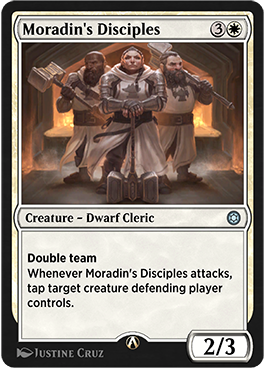

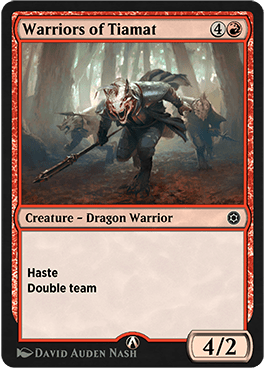
Double team is a simple mechanic that generates card advantage. If a creature with double team attacks, you’ll conjure a copy of the creature into your hand without the double team mechanic (so that it won’t snowball).
This is an interesting mechanic that generates card advantage in the form of creatures, considering that white and red usually don’t draw a lot of cards. But it can be subject to interactions on the battlefield with blocking, removal, and counterspells. If you remove the double team creature before it attacks, it won’t generate value.
It’s not exactly equal because this kind of design space has appeared in paper MTG. It’s a low complexity mechanic, so I can see it used in Arena in other Alchemy sets.
#4. Conjure: MTG Arena


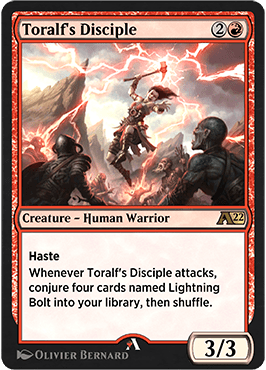
Up until MTG Arena, tokens and copies only existed on the battlefield. But what if a copy of a card could exist in any zone, like your hand, graveyard, or library? Conjure does exactly that, and it opens a lot of design space.
Toralf conjures Lightning Bolt to your hand! It’s a mono red deck’s dream to have lots of bolts in your hand, and Lightning Bolt isn’t even legal in Historic. Conjure works for other stuff too, like double team. I imagine that it'll likely become evergreen to digital-only designs.
#3. Spellbook: MTG Arena
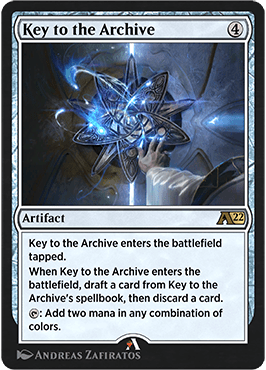

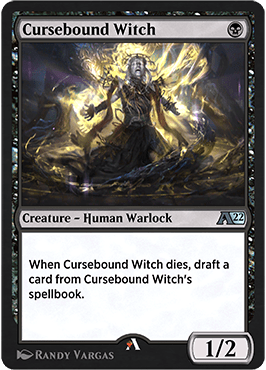
Spellbook is one of my favorite digital-only mechanics. It resembles mechanics in other digital card games.
You draft a card from a limited spellbook, which usually has cards related to the spell that generated the effect. Cursebound Witch’s spellbook is composed of black witch-themed spells and creature sacrifice, while Boseiju Pathlighter’s spellbook is related to green ramp.
The only criticism is that too many digital-only cards have mechanics that generate guaranteed card advantage, like seek, double team, and conjure. Can spellbook be done on paper? Learn and lesson do something similar, but the thing with digital is that you don’t know what you’ll get.
#2. Perpetually: MTG Arena
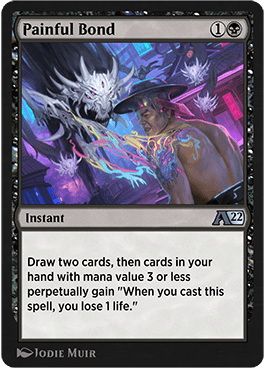
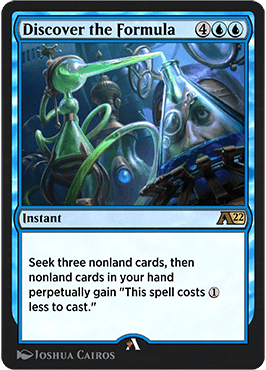
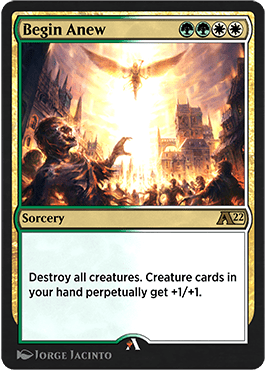
Perpetually is one of the simplest implementations of a digital-only mechanic, and it makes a lot of sense. Take the concept of +1/+1, -1/-1, or level up counters to the next step and you have permanent alterations to a card, or what MTG Arena calls perpetually.
Perpetually is fun in the sense that you can have permanent alterations to a card in different zones. For example, a card can get perpetually -1/-1, even if it's in the graveyard or in your hand.
Discover the Formula makes all cards in your hand perpetually cheaper by , which makes sense in a card draw spell. Perpetually can be used as punishment like Painful Bond, a commonly played card in Historic Alchemy. You draw cards, but the cheaper cards perpetually get “you’ll lose 1 life when you cast it.”
Perpetually is so simple that lots of digital cards have it, and it can even be used in conjunction with other mechanics like boon and intensity. Perpetually is unlikely to appear on paper cards, but the next Un-set will try to use stickers on cards so that they are altered “perpetually.” There’s a way, but it’s probably restricted to the casual and kitchen table realm.
#1. Seek: MTG Arena
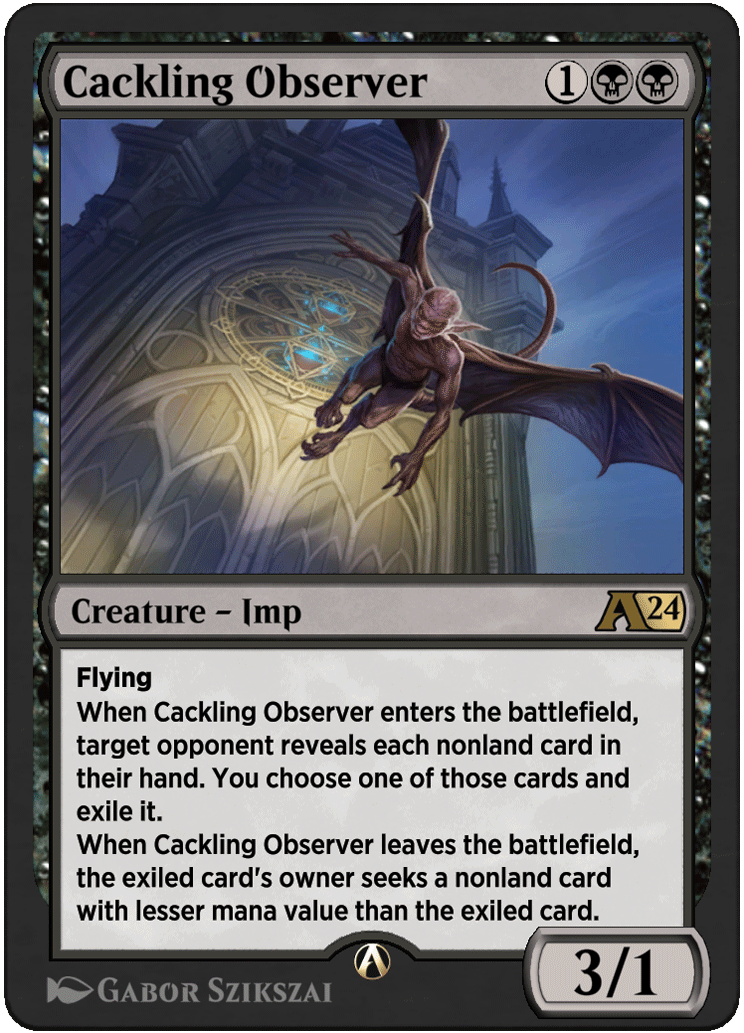
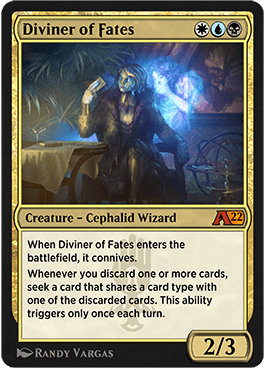

Seek is basically ”take a random card from your deck to your hand that fulfills a certain criteria.” It can be a nonland card, a land card, a card with mana value two or less, or a creature card. You don’t know exactly what you’re getting, but it won’t fail either.
This is somewhat better than a draw effect because you always “draw gas.” Discover the Formula is better than “draw three cards” in the late game because you draw three guaranteed nonlands. Deckbuilding becomes more interesting because certain cards work better in certain builds.
I find seek to be one of the best digital mechanics because it combines effects already present in Magic. It adds tutor effects to the “look at the top X cards in your library, you may reveal a card (land, nonland, etc.) and put it into your hand” effect. Seek is versatile enough that you’re always getting something you need, but it won’t fail like “look at the top x cards.” You won’t have the tutor problem where games get scripted because there’s always a combo to get.
Do I see the seek mechanic making it to paper Magic? No, and it doesn’t have to. I’m glad that it exists in Arena the way it is.
Wrap Up
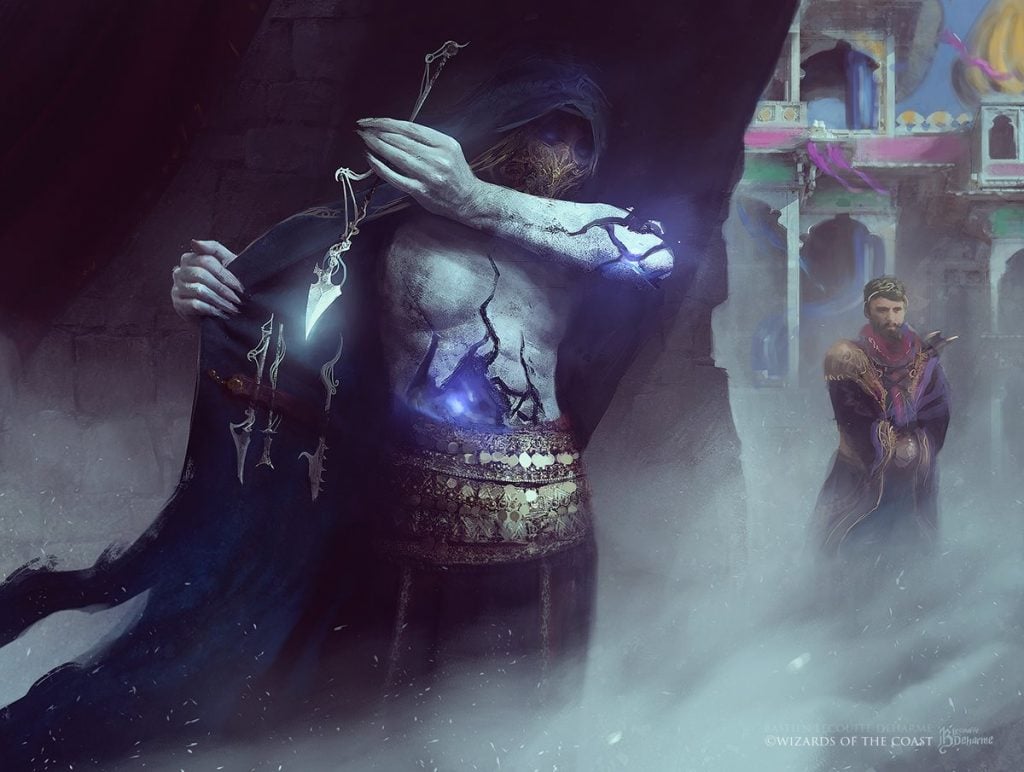
Tidy Conclusion | Illustration by Bastien L. Deharme
Digital-only mechanics are highly polarized, and most players (especially paper MTG diehards) don't like them and would prefer that they didn’t exist. I’m all for experimentation, and it’s almost certain some “digital-only experiments” will make it to paper MTG someday. Double-faced cards started as wild experimentation and eventually made it to paper. Some digital mechanics like seek and conjure are fun and will probably become evergreen in future Alchemy sets.
Are there digital-only mechanics you’d like to see in future paper sets? Is there an effect that’s better than I’ve let on? Let me know in the comments below, over on the Draftsim Twitter, or chat with us on the official Draftsim Discord. And if you’re playing MTG mainly on Arena, you have to check out Arena Tutor. It tracks your collection, helps you draft better, and more.
Stay healthy, and I'll see you next time!
Follow Draftsim for awesome articles and set updates:
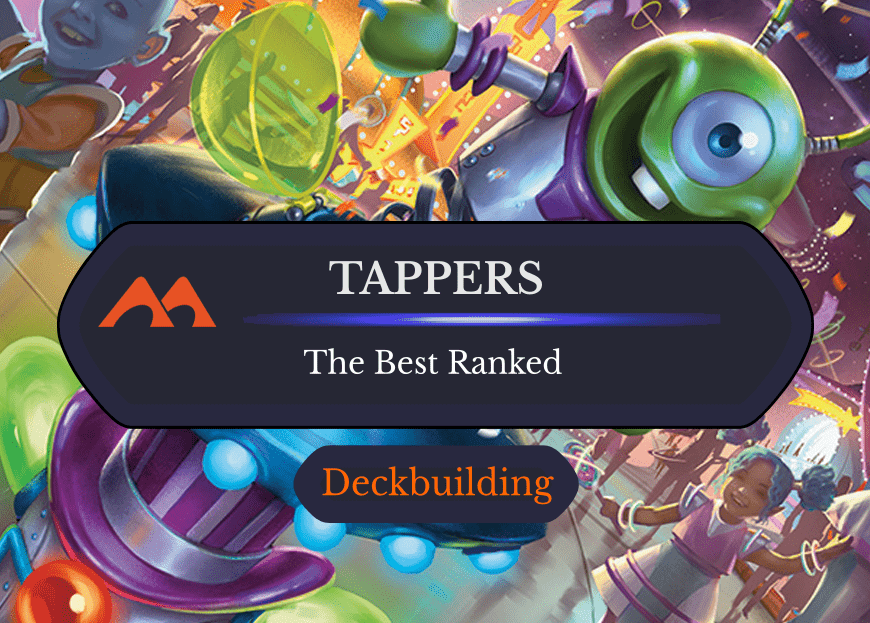
Add Comment